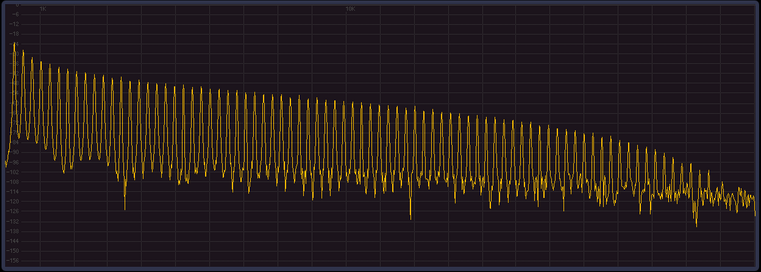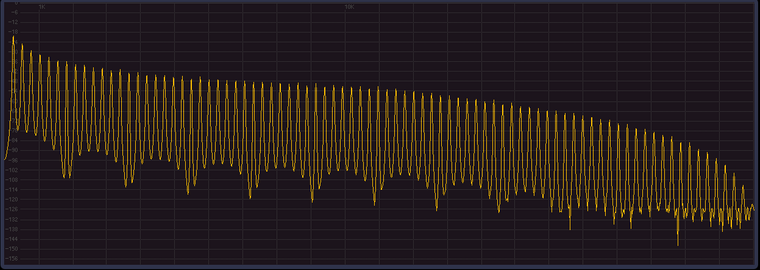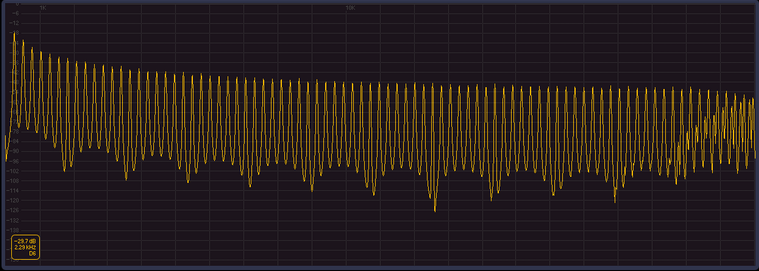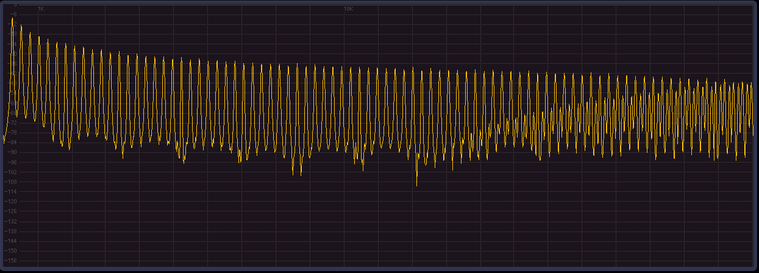FabFilter Twin:

Zebra 2:

Ableton Analog:

Logic ES2:

Is this by design? The extra brightness of the Ableton synth makes it a lot easier to do some patches. To get similar sounds out of Zebra I have to insert another filter in the chain and use its resonance to boost the higher frequencies. FabFilter Twin seems similarly muffled, but GForce's impOSCar and Logic's ES2 do not.






